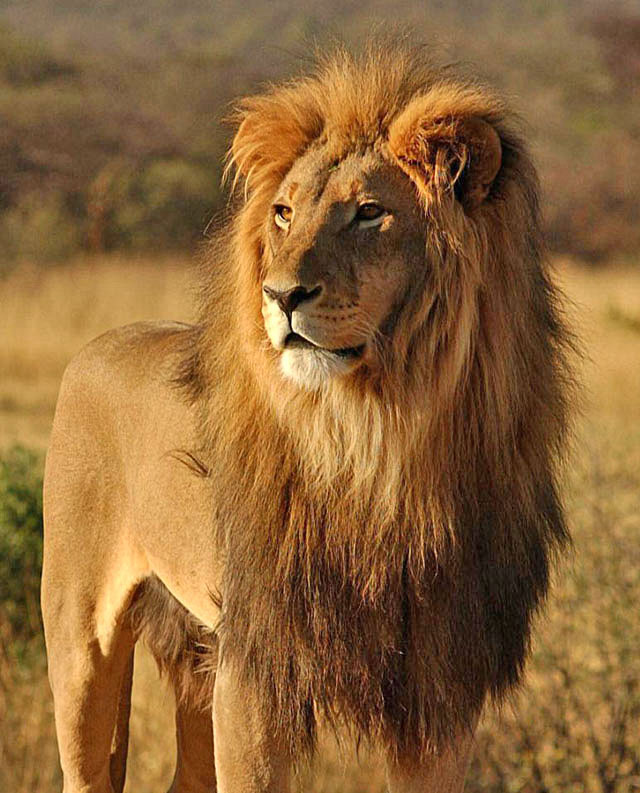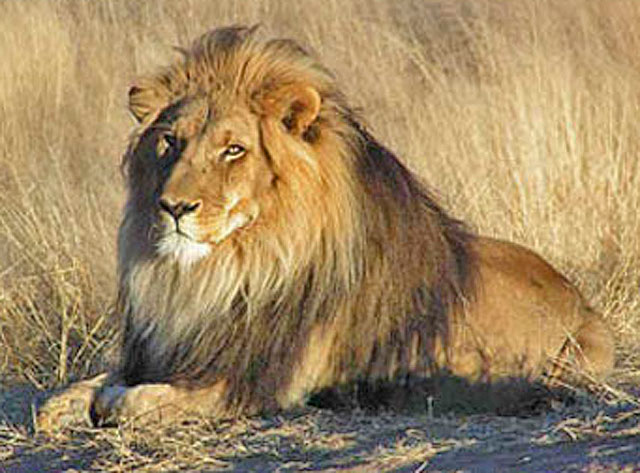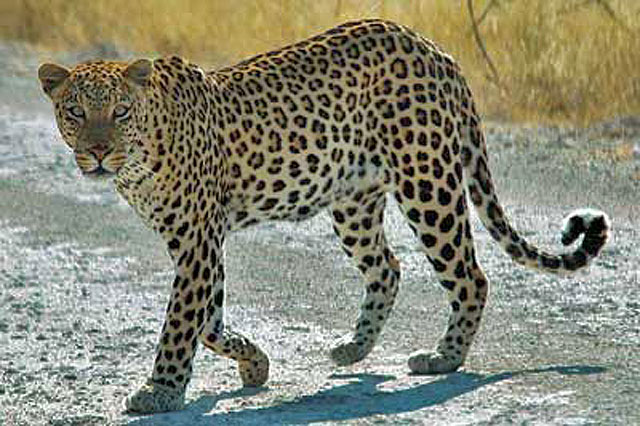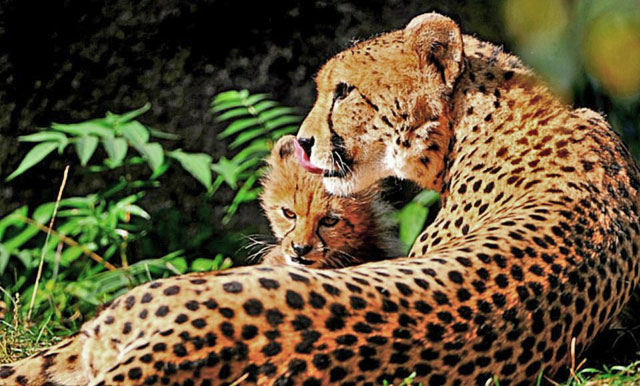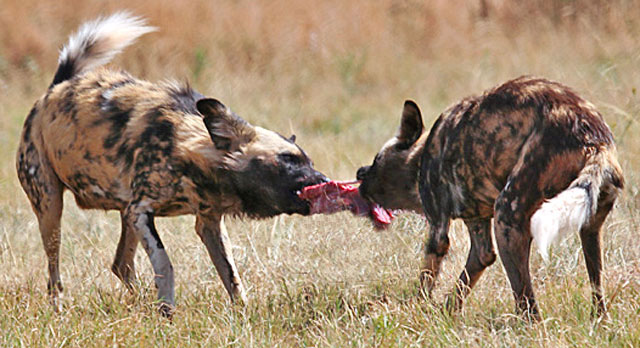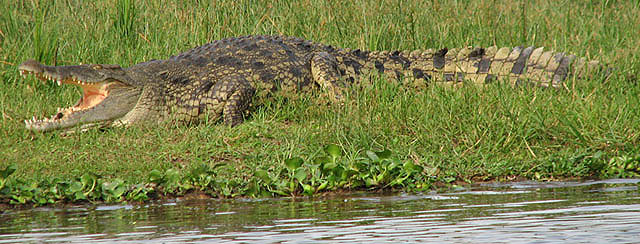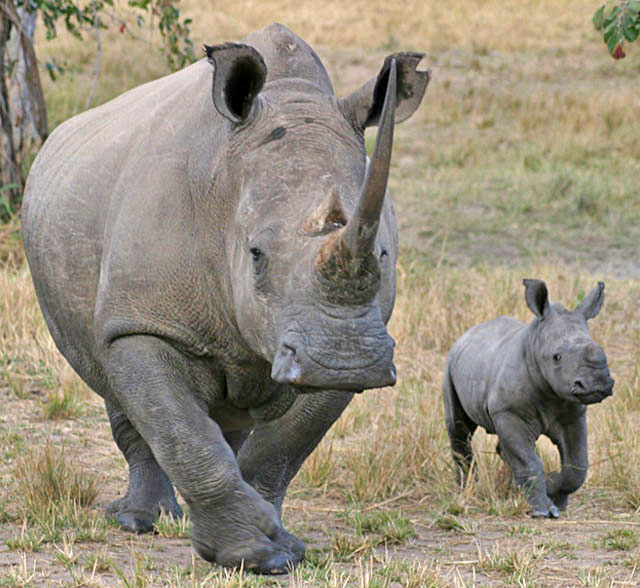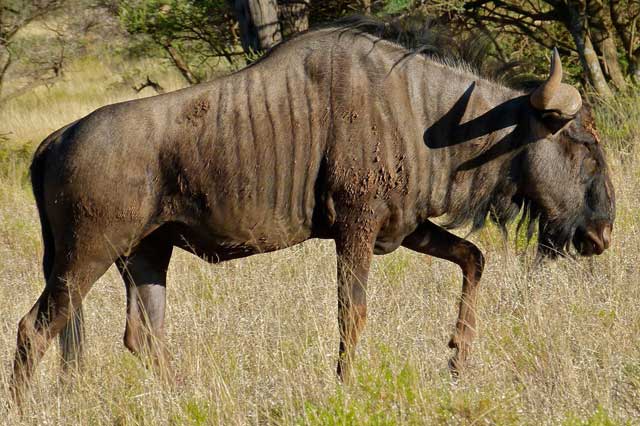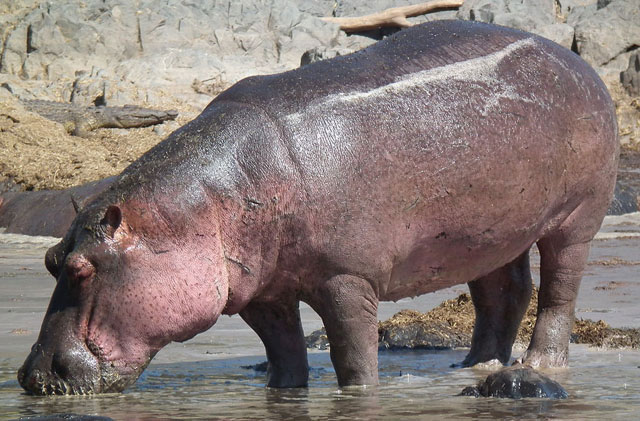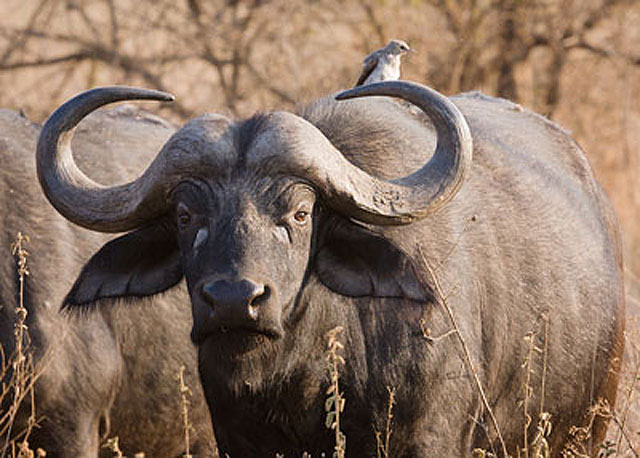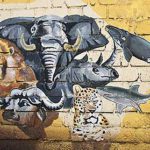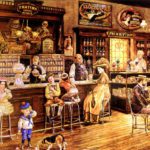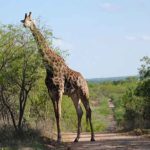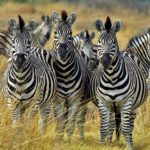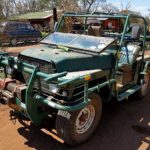Large Animals of the Kruger Park
The Bushveld
Why is the Bushveld different to other wildlife sanctuaries? In simple layman’s terms, it has a larger variety of animals due to the variation of food availability, as opposed to mountainous or grassland reserves, which it has as well.
The purpose of this article, is to give images and a short description of the animals of the Kruger Park, including how many there are of each species, for interest and a ready reference.
The Kruger National Park nature reserve covers an area of 7,523 sq mi (19,485 sq km) in the provinces of Limpopo and Mpumalanga in the northeastern region of South Africa, and extends 220 miles (360 km) from north to south and 40 miles (65 km) from east to west.
Here we have provided the large animal count for the Kruger, so you can see how many animals there are and how they break down in types. The number of each species of animal given here are approximate and rounded off for understandable reasons, of seasons, drought and good times, until next time.
Meat Eaters
Obviously these animals eat mainly the meat that was derived from the animals that feed on the Bushveld. In short, these are the meat eating animals of the Kruger Park.
Lion – Panthera leo – number 1,600-1,800
Lion are numbered among the big five of the animals of the Kruger Park. They are one of the two meat eating animals in the big five. Their food ranges from mice to elephant and everything else in between, which includes birds insects and fish.
Leopard – Panthera pardus – number 1,000
Leopard are the other meat eating animal of the Kruger Park, numbered with lion among the big five. Their food consists also as lion’s does, of mice fish etc. but range mainly up to medium sized antelope, because they hunt alone, unlike the lion who hunt in prides of many.
Cheetah – Acinonyx jubatus – number 120
Cheetah are not one of the big five. For a better understanding of why the big five are called the big five, we have to go back to the early hunters. Hunters named elephant, black rhino, buffalo, lion and leopard the most dangerous animals to hunt on foot and hence the name big five was born. Cheetah need open spaces to hunt, using speed to kill and their food consists mainly of small antelope and the young of larger animals of the Kruger Park and included in their diet are other small mammals and birds.
Hyena (spotted) – Crocuta crocuta – number 2,000-2,300
Hyena and lion are mortal enemies of old, largely due to the fact that both hunt the same food types, except the hyena is known as one of the garbage eating animals of the Kruger Park. It is also prone to thieving food from any of its other meat eating associates.
Wild Dog – Lycaon pictus – number 120
Wild dog always hunt in packs and have a beta male and female who are the only ones to produce young in the pack, while the rest support with the food supply. Wild dog find impala as their favorite animals of the Kruger Park to hunt, although they will hunt any antelope including buffalo. No wild dog’s markings are the same as another.
Crocodile (Nile) – Crocodylus niloticus – number 4,500
The sub-Saharan Nile crocodile is the resident crocodile among the animals of the Kruger Park and is known to eat anything it can digest. Although many of the rivers in the Kruger are perennial – flow only in summer – these animals remain in still water like dams, pans and river pools moving from one to the other mainly at dusk and dawn if need be. Even though crocodile live and hunt in still water, their preference is for running water, where there is a better population of fish.
Grazers
These are animals that rely mainly on grass matter for food and therefore are known as grazers.
White Rhino – Ceratotherium simum – number 10,000
Once one of the rare animals of the Kruger Park, as can be seen by the numbers, has made up for lost time. This animal has a square or flat mouth well adapted to being a grazer and as such is a much different animal than its black cousin, being solely a browser, although so similar that from a distance people can’t easily tell them apart.
Wildebeest (blue) – Connochaeters tourinus – number 9,000
The blue wildebeest is the only wildebeest of the two species among the animals of the Kruger Park, as its black cousin does not exist in the Kruger. Wildebeest are true bottom grazers, that is to say they are mainly adapted to graze the lower – approx. 10 cm – of grass preferring fresh new growth and will even migrate to find its preferred tastes.
Hippo – Hippopotamus amphibious – number 3,000
No, contrary to some opinions, hippos never had hair. That dispensed with; let’s get down to some facts. Hippos are gregarious and live in groups called pods and graze fairly indiscriminately, meaning they graze for example from short grass to sugarcane in domesticated areas, which gives you a better insight to what they eat in the wild, out of the water. Hippo graze more often at dusk, night and dawn, they dehydrate easily so preferring the water in the hot weather, sometimes traveling long distances on land for what they like.
Buffalo (Cape) – Syncerus caffer – number 37,000
Apart from impala the Cape buffalo are the second most populous species among the animals of the Kruger Park. The buffalo’s garrulous nature earned them a place as one of the big five. These animals are solely grazers of long grass although in times of drought will gaze short grass. Buffalo are gregarious and very well organized in large herds numbering hundreds, having pathfinders on their peripheries for organizing the herd in various useful ways.
More, you say? Well we have had to split this article up into two parts for lack of space here. So please look out for the next weeks entry on Sunday. Next week we go into browser and browser/grazers, so completing the large animals of the Kruger Park.

